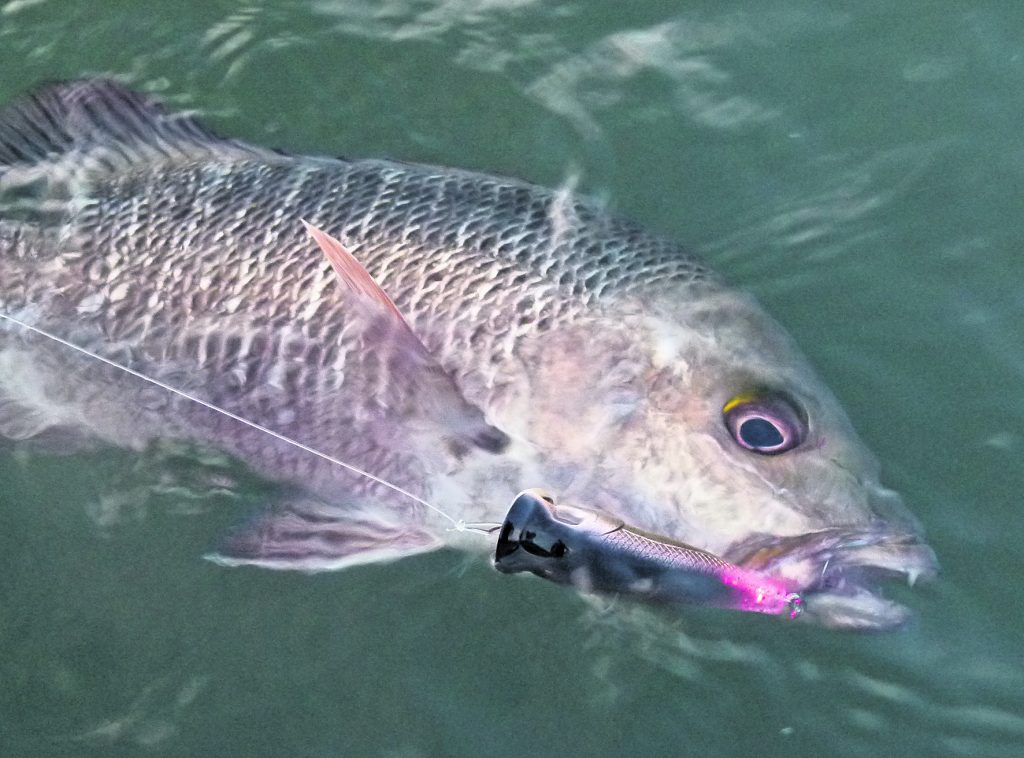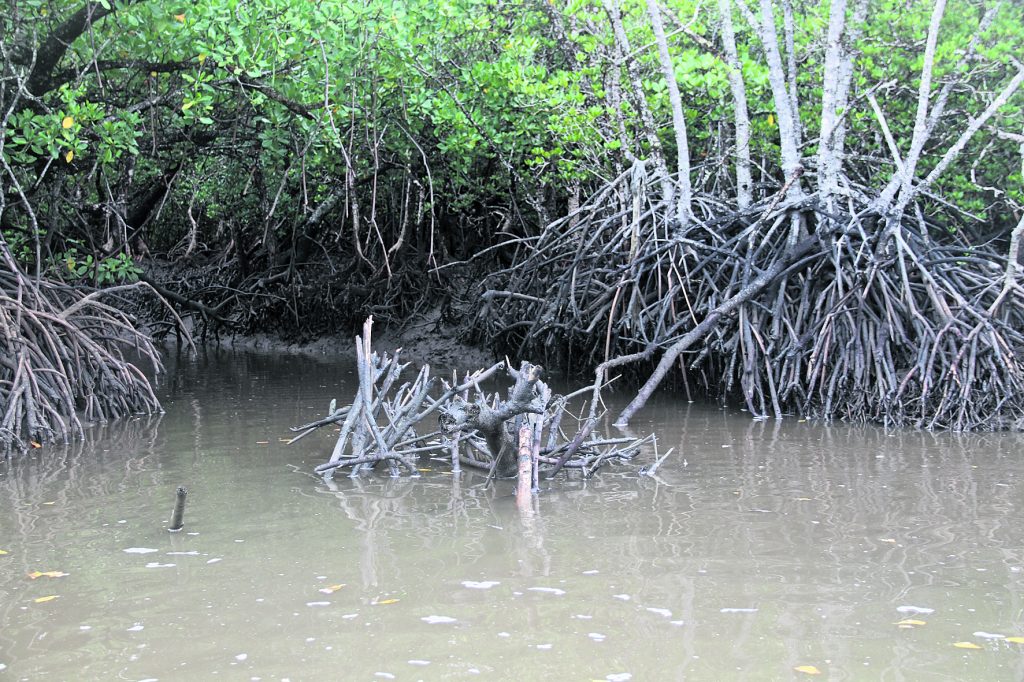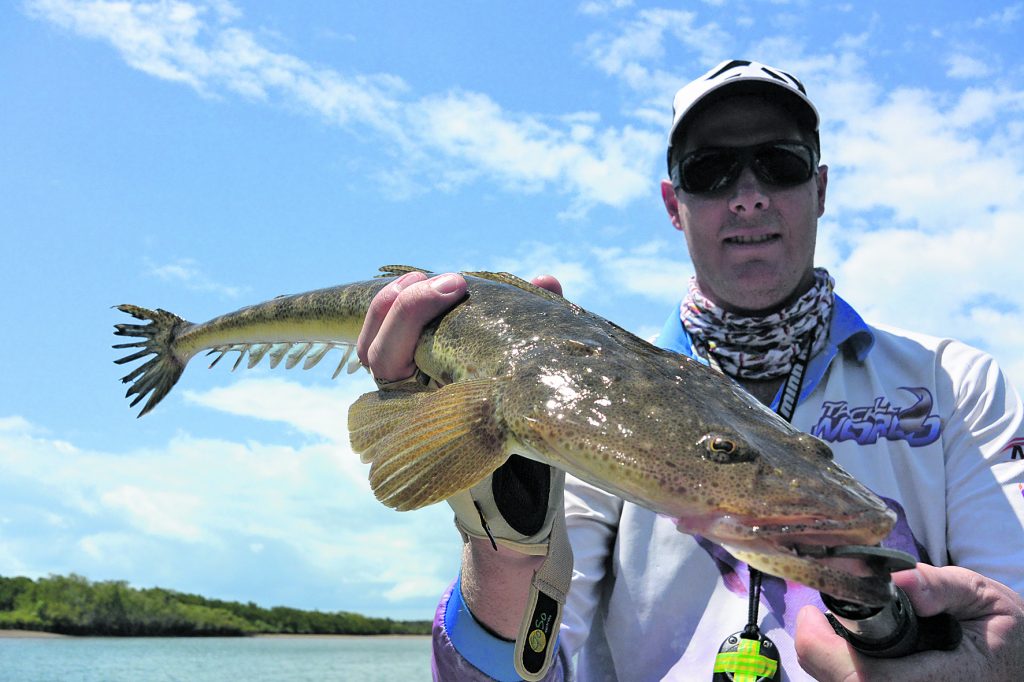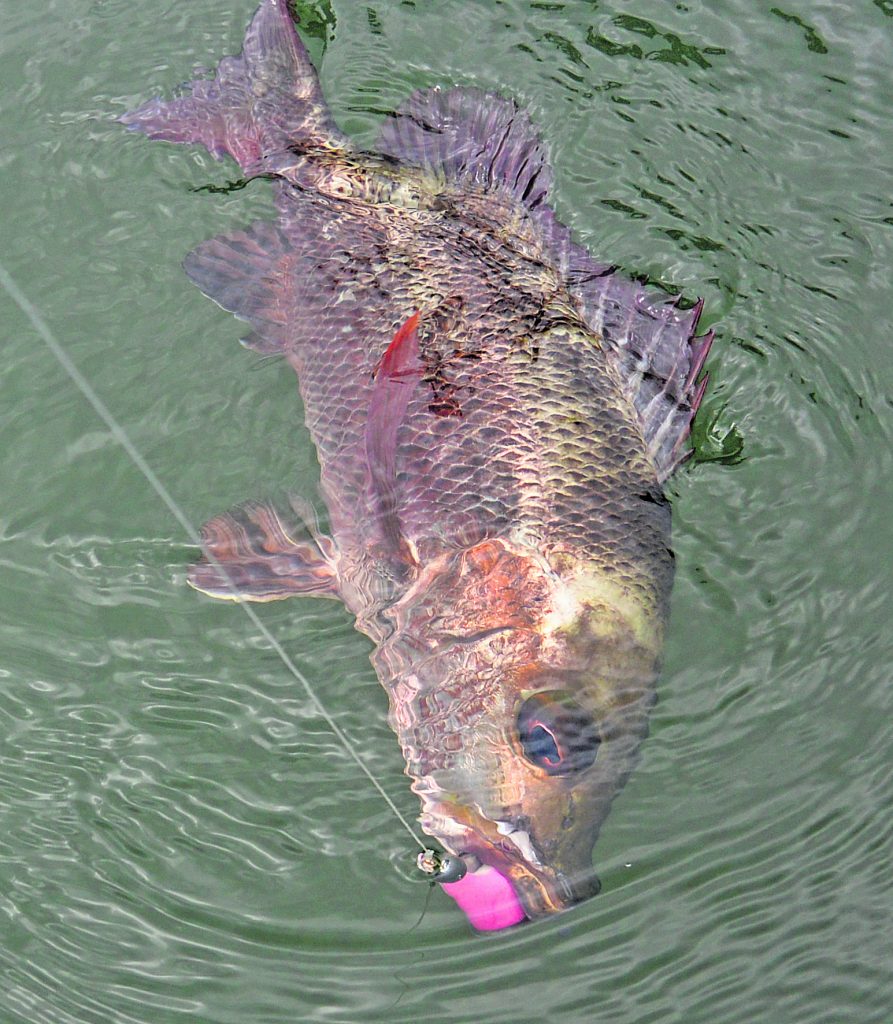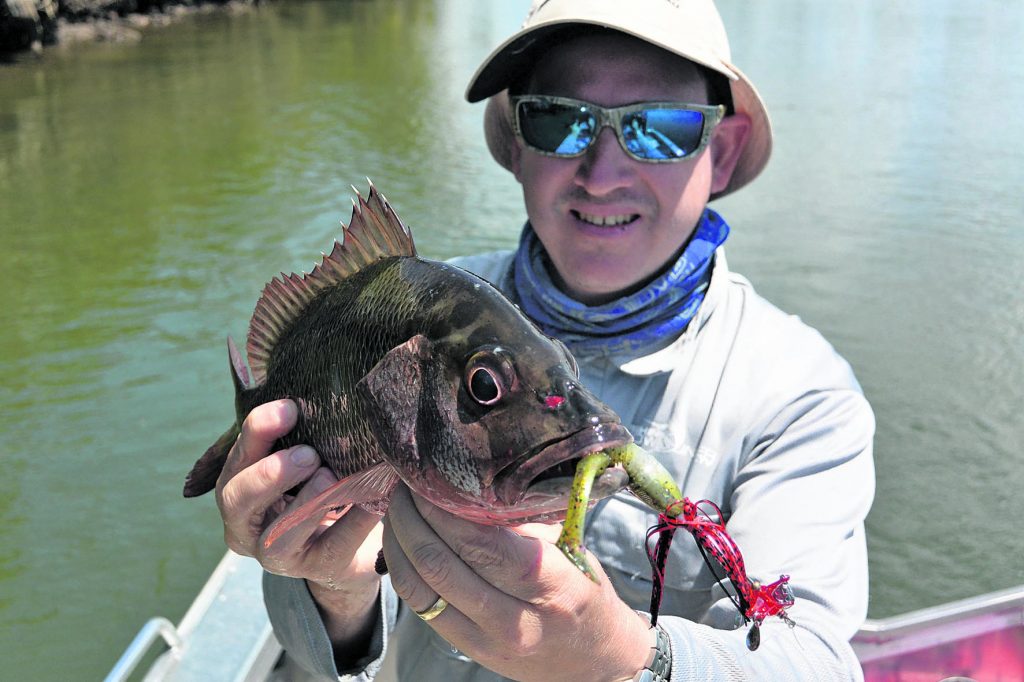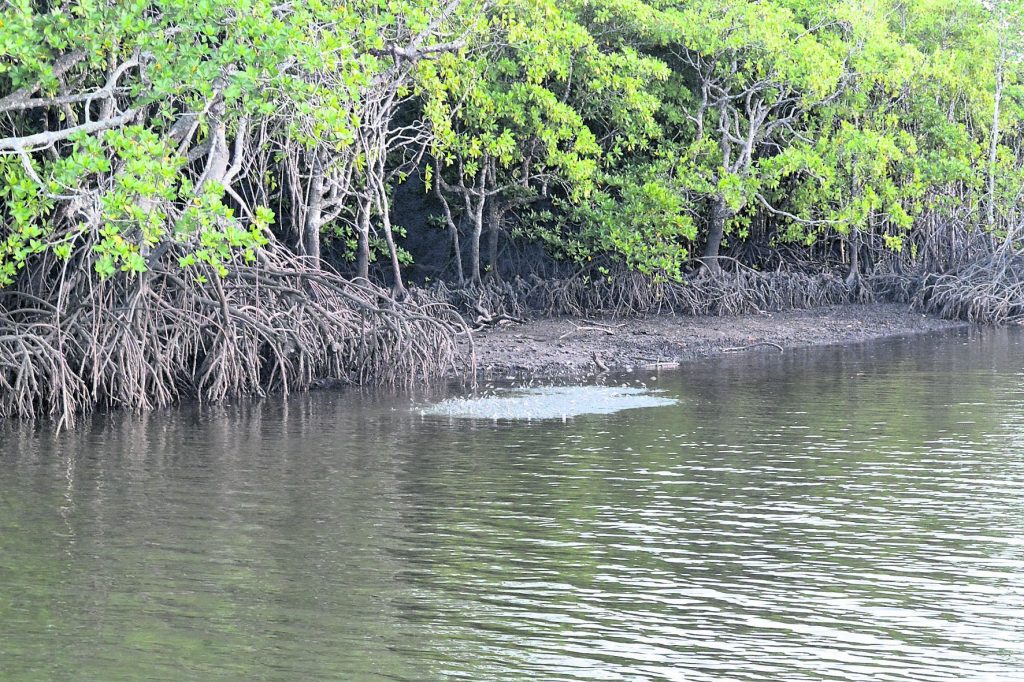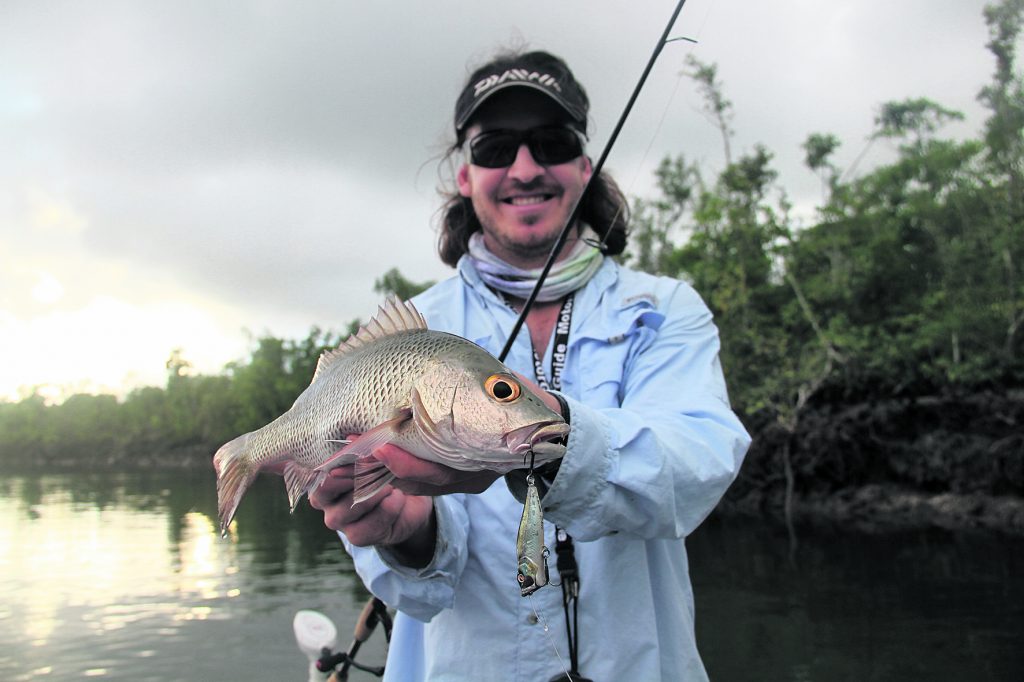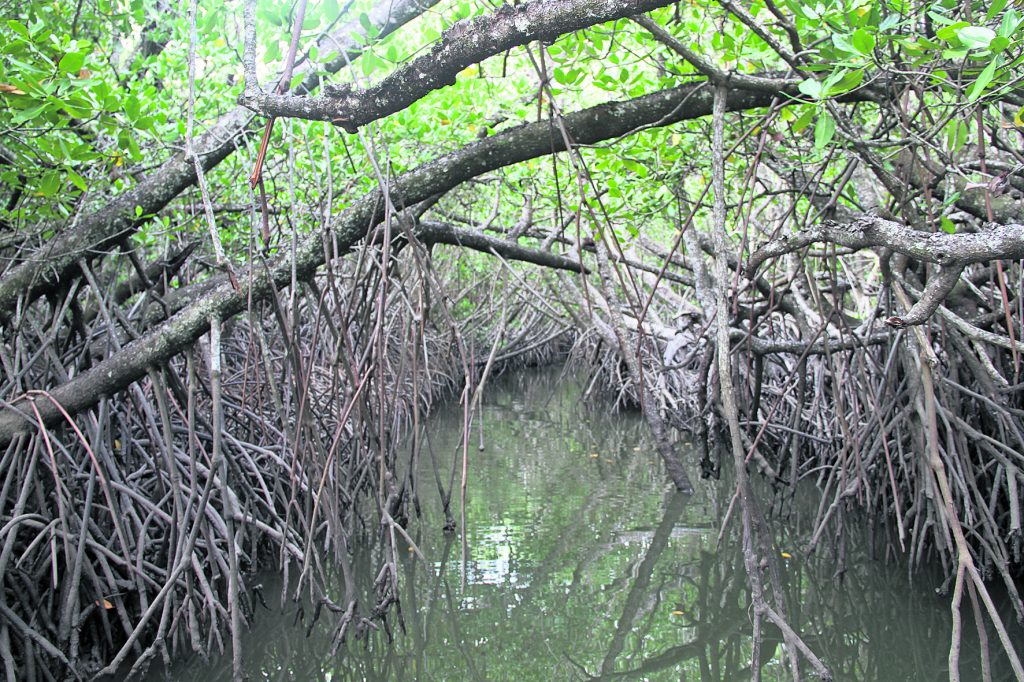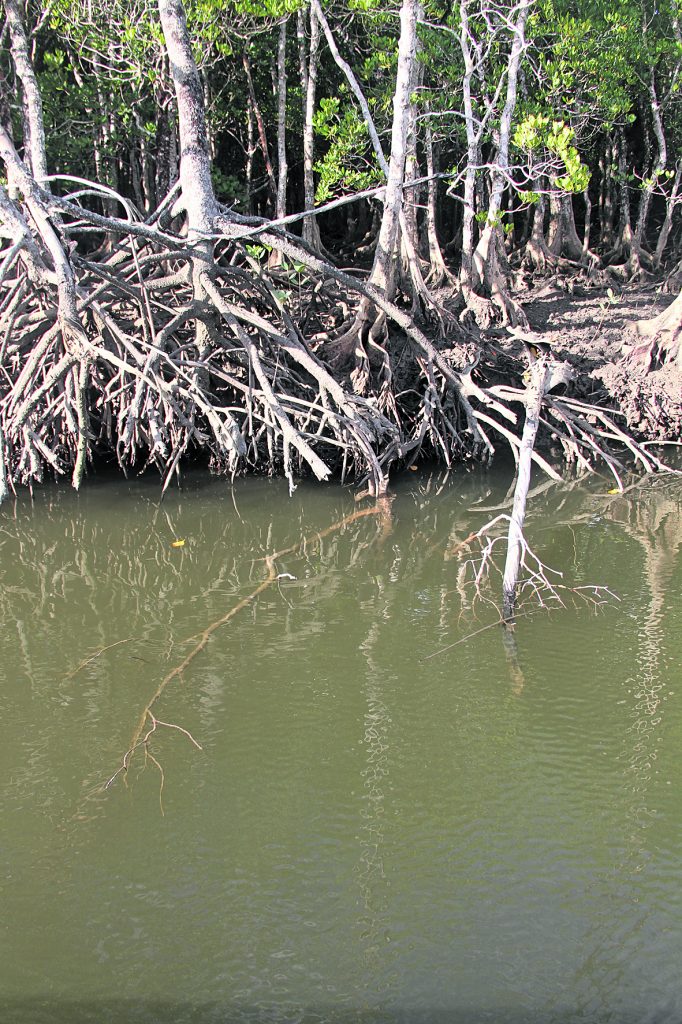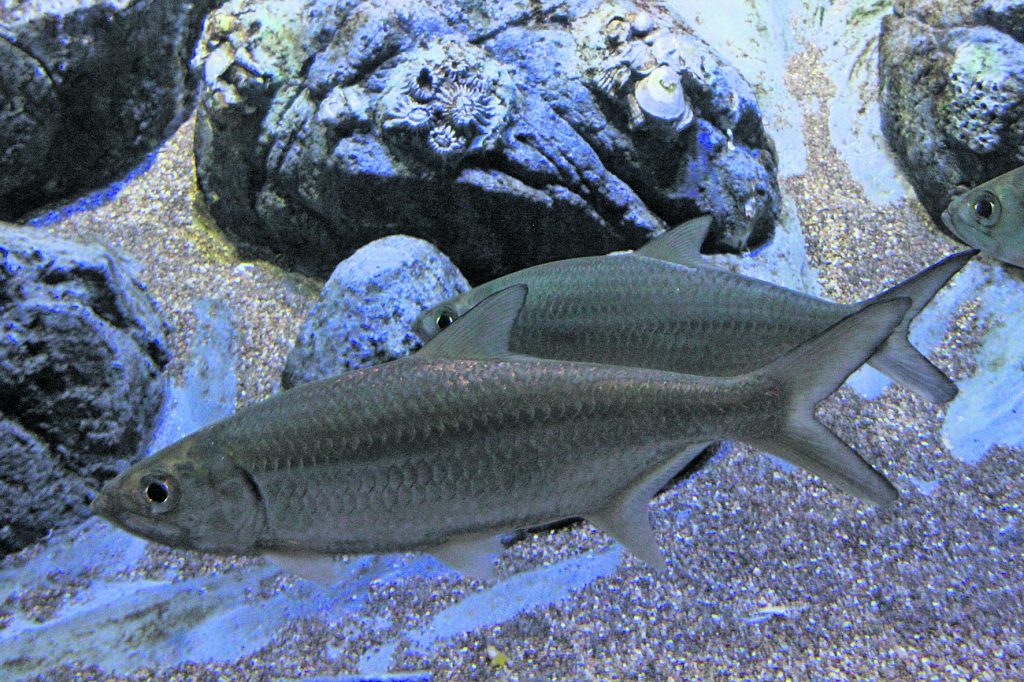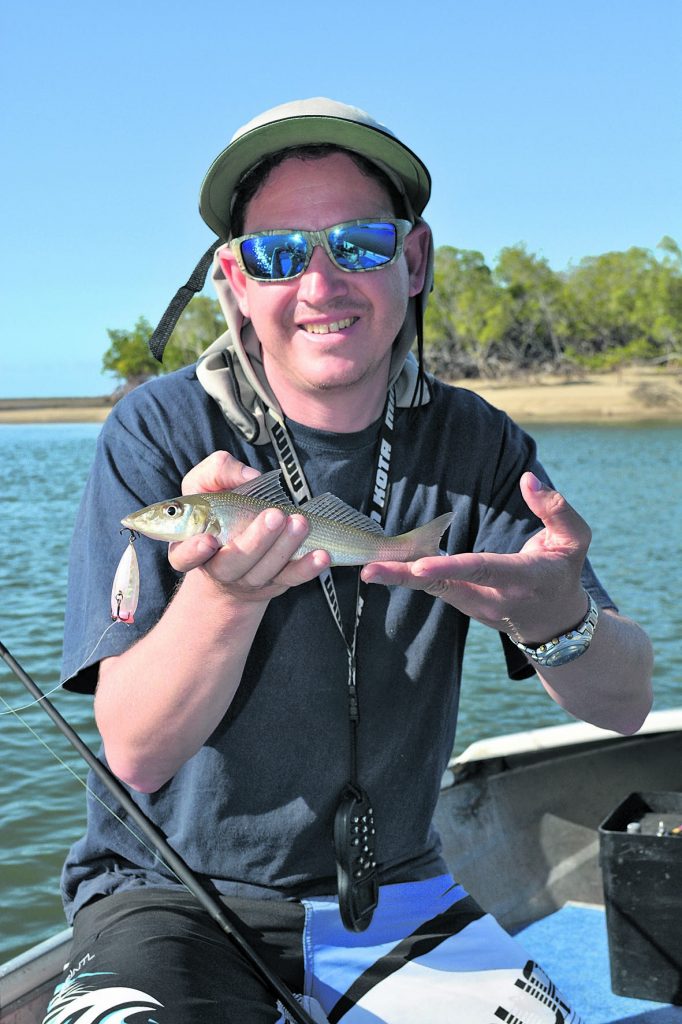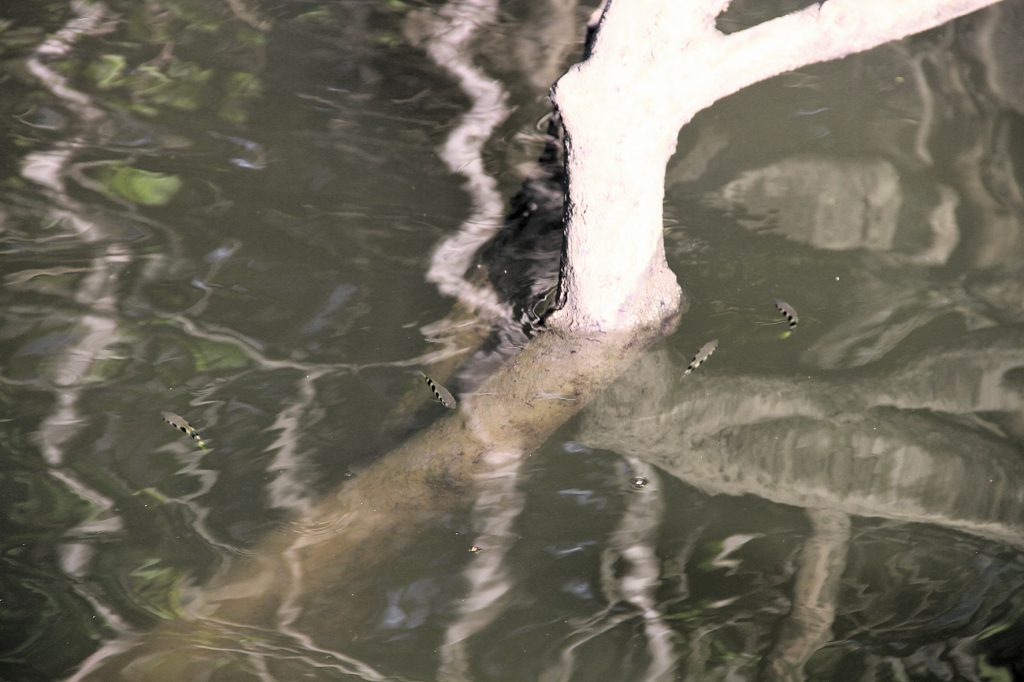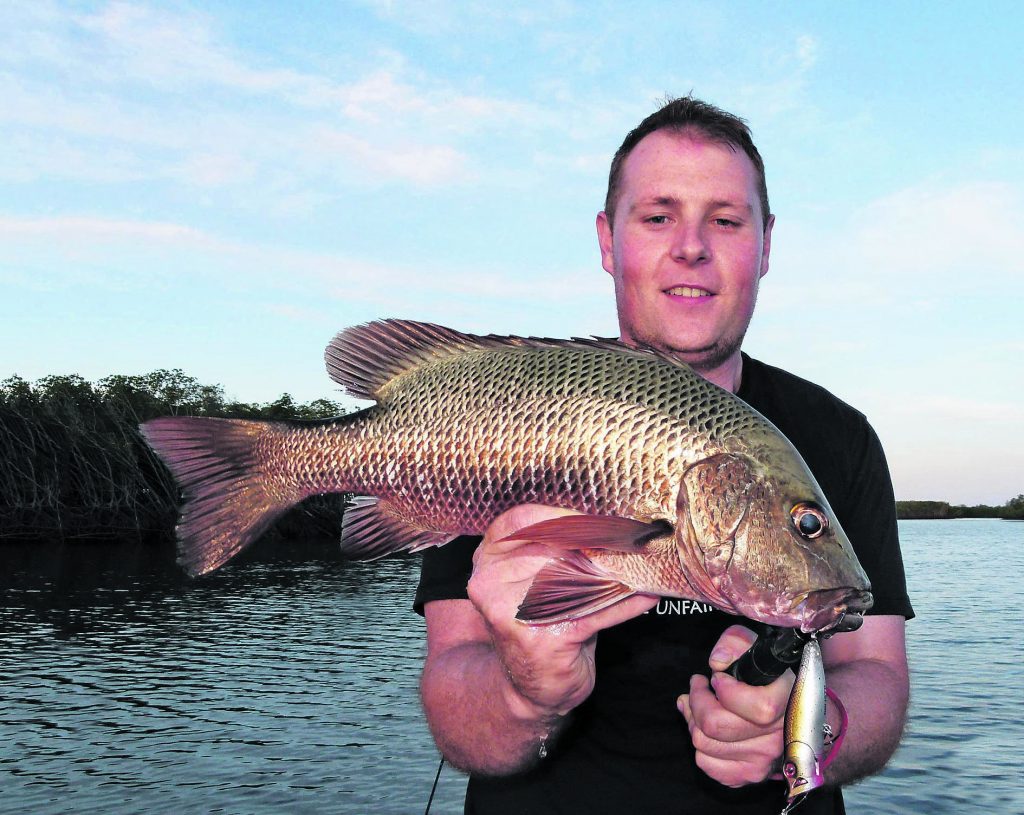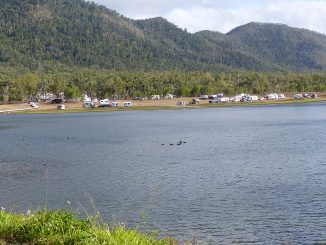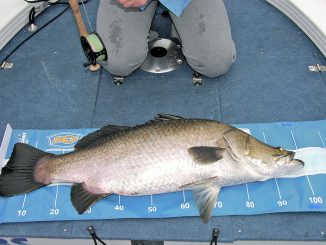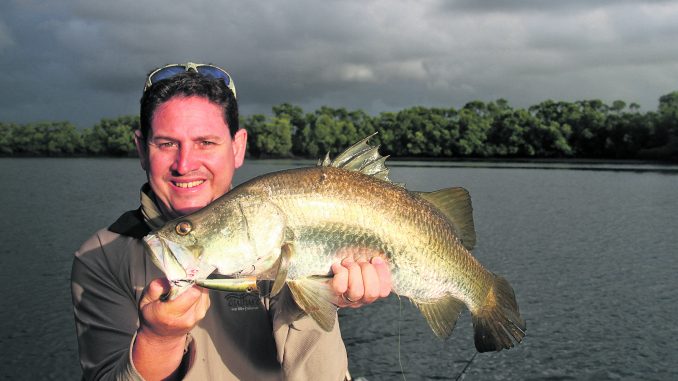
by Dan Kaggelis •
Many creek anglers shy away from fishing surface lures because of the misguided belief that it’s just too hard. In actual fact, surface fishing for species like mangrove jacks, barramundi and even bread and butter species like bream and flathead is not as hard as it seems and can actually be a go-to method when the variables are right. When fishing surface, you need to have a mix of the right conditions to be successful. Like any form of fishing, you need to be strategic about what you are doing and choose when conditions suit to launch your attack.
Close up and personal
To begin with, like all forms of lure fishing, proximity is the number one factor that must be considered. Proximity refers to the distance your lure is from the face of the fish – also known as the strike zone. While most species will travel to snare a feed, they are more likely to attack when the lure is in close proximity. With sub-surface lures, you have a degree of control with this in that you can swim and suspend lures down to different depths depending on the rig. However, with surface lures, this isn’t an option so you need to think about how to use your popper or walker to capitalise on proximity. Anglers have two options with this – first, you can wait for the tide to be at just the right level where there isn’t too much water above the structure you are fishing. This way your surface offerings can walk or bloop not too far away from where potential fish may be hiding or laying in wait. For fish like jacks and barra, snags that have water rising on them with the tide is perfect for this.
Look to the snags
For fish like flathead you can wait until the tide begins to spill over flats and then work your surface offering while the water is not too deep. Bream can be similarly targeted this way by fishing against rock walls and ledges as the water level rises. Water depth can be your biggest enemy in terms of proximity and while your popper and walker does make plenty of noise to attract fish from afar, too much water between the two can make surface fishing tough. For this reason, fishing around the bottom of the tide around snags is essential. Try and pick out snags that still have some water covering them all tide but during the low tides are relatively shallow. This way the fish will group on the snag.
When you are fishing snags on surface you really need to have a bit of courage and send your popper or walker in deep and work it over and through the timber. Due to low water levels fish will be tight and hard inside the structure, so you need to get right in there – fishing surface allows for this. This is why fishing surface can bring more hits, strikes and success as with the right conditions you can work the lure closer to structure than any other type of lure. Just be mindful of your drag and leave the 4lb at home because you will need to put the brakes on fast and everything that hits a lure off the surface only knows one way and that’s down!
Barramundi will give you less grief than jacks as they tend to roll more and slurp or boof your lure, whereas jacks will destroy it in seconds leaving you thumbing the reel in desperation. Quality fluorocarbons like Sunline FC100 is my pick to help deal with this scenario, as you need something that is strong, will walk your surface lure nicely and also take plenty of punishment. There are no hard and fast rules for popping or walking speed around snags, however I do recommend that you use the current and flow to drift your surface lures as close to and across lay-down structure as much as possible. Popping straight back to the boat can be pointless, so make sure you concentrate the action of the lure when it is in the best spot on the snag.
Flats fishing
At the opposite end of the spectrum, if you are fishing over flats for species such as flathead, whiting, bream and trevally, then the top of the tide when there is water covering the flats is ideal. A big long cast working long stretches of relatively shallow flats is ideal with a popper or walker as the proximity level is perfect to attract fish. I prefer to use short sharp pops or retrieves as this will often get the fish’s attention and then pause it to give them time to swim over and check it out. It’s often on the next quick burst that the lure will get smacked. Flathead are notorious for this and will often jump clear of the water on the take when hooked on surface. Whiting and bream prefer a more aggressive retrieve – don’t stop popping or moving the lure until they hook up. Whiting in particular can be very aggressive and smash your popper multiple times before hooking up.
You don’t need to have as heavy hardware across the flats as in the snags, but you still want an abrasive leader that can handle being rubbed across coarse sand. My pick is Sunline FC Rock as it is a little subtler than the FC100 and will swim your lure better.
Fishing artificial structure is possible, and canals and jetties make for some excellent surface fishing structure. Try to work lures as close to the edges as possible and around areas where bait is present for the best results. Early mornings and late afternoons are the best times to fish these areas, as this is when they are quietest.
Lure 101
When it comes to surface lures, you have too main options – the first is your standard popper-like lure, with a cup face designed to spray water when ripped. There are subtle differences in poppers, some will splash a lot of water but make little sound, whereas others will throw less water but make a big blooping noise. I always prefer a noisy popper, and the Lucky Craft G Splash is one of my go-to lures for this very reason. Some poppers have small slits at the end of the cup face designed to create a string of bubbles below the water when popped. This extra bit of attraction is fantastic.
Next you have your walkers and sliders. These work better in scenarios where you don’t want too much noise and disturbance. The side-to-side action of these lures is awesome and so much fun to fish. The Lucky Craft Sammy is one of my favourite walkers for jacks, barra and flathead, as the action on these can really get them biting hard.
The final and uncommon approach is to fish soft plastics unweighted on worm hooks and work them ever so slowly on the surface. This is absolutely dynamite on all creek species and is an underrated technique.
Fishing surface lures is something all anglers need to do a lot more. It is visually exciting and is not as hard as most think! Next time you are on the water and the conditions are right, put down the sub-surface options and scratch the surface with a popper or walker. The results will speak for themselves.

